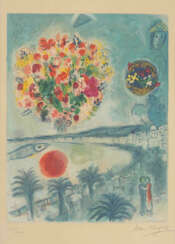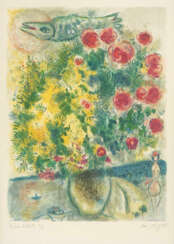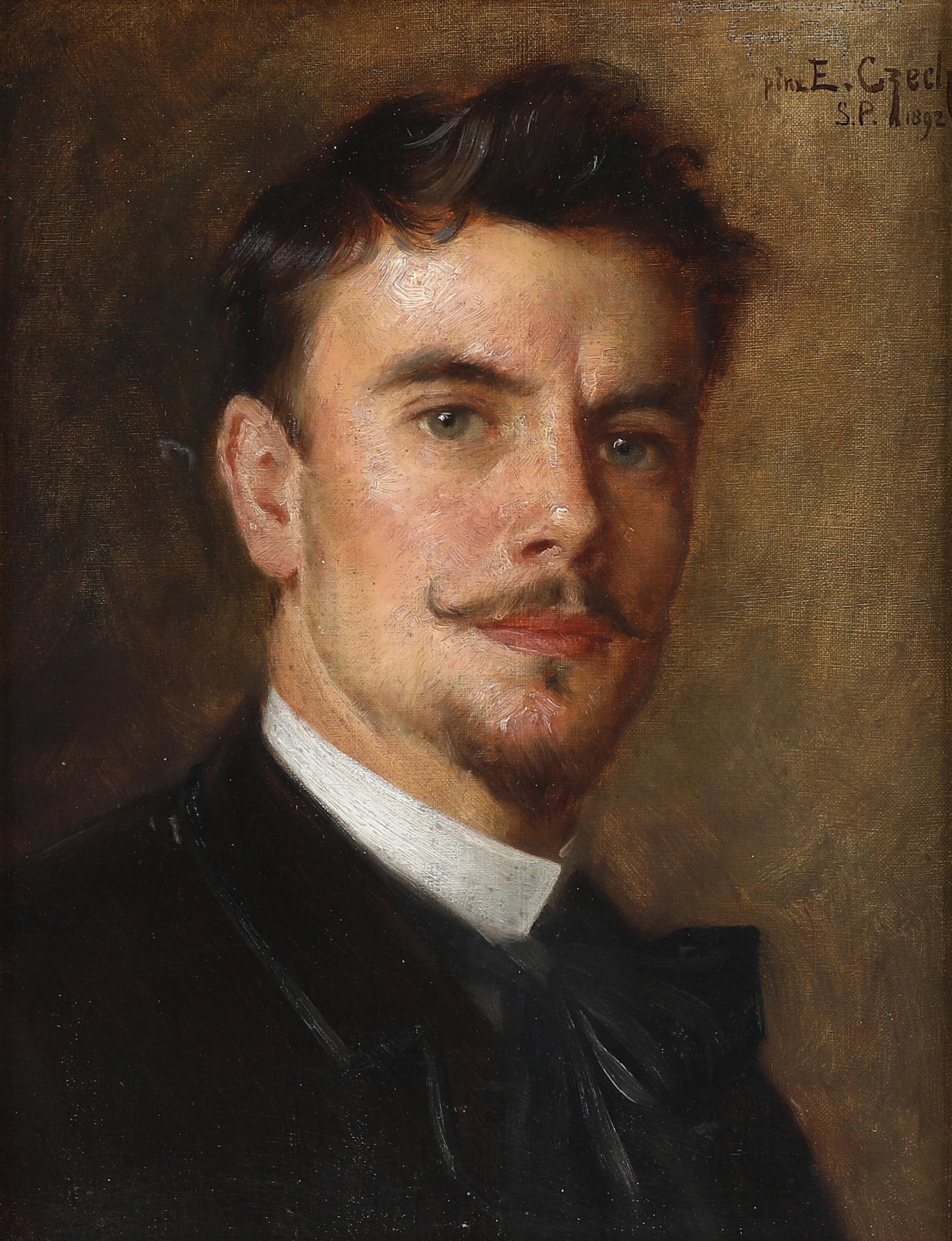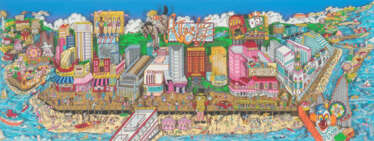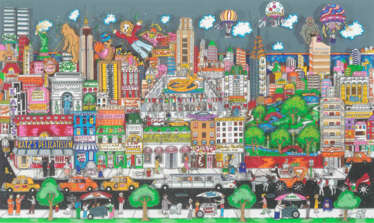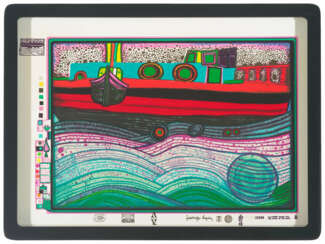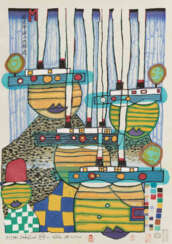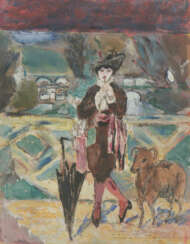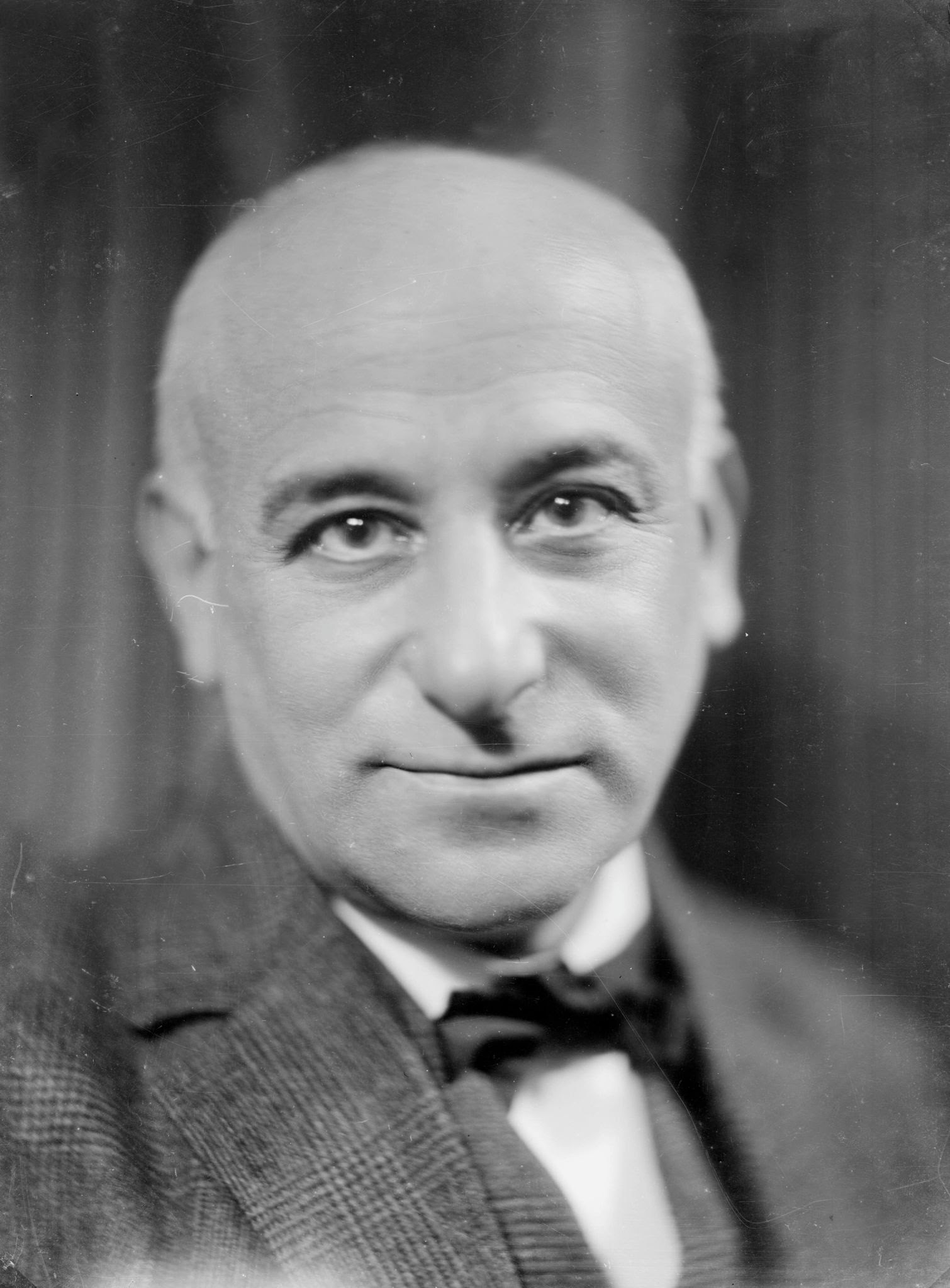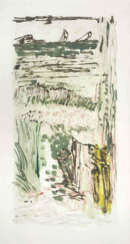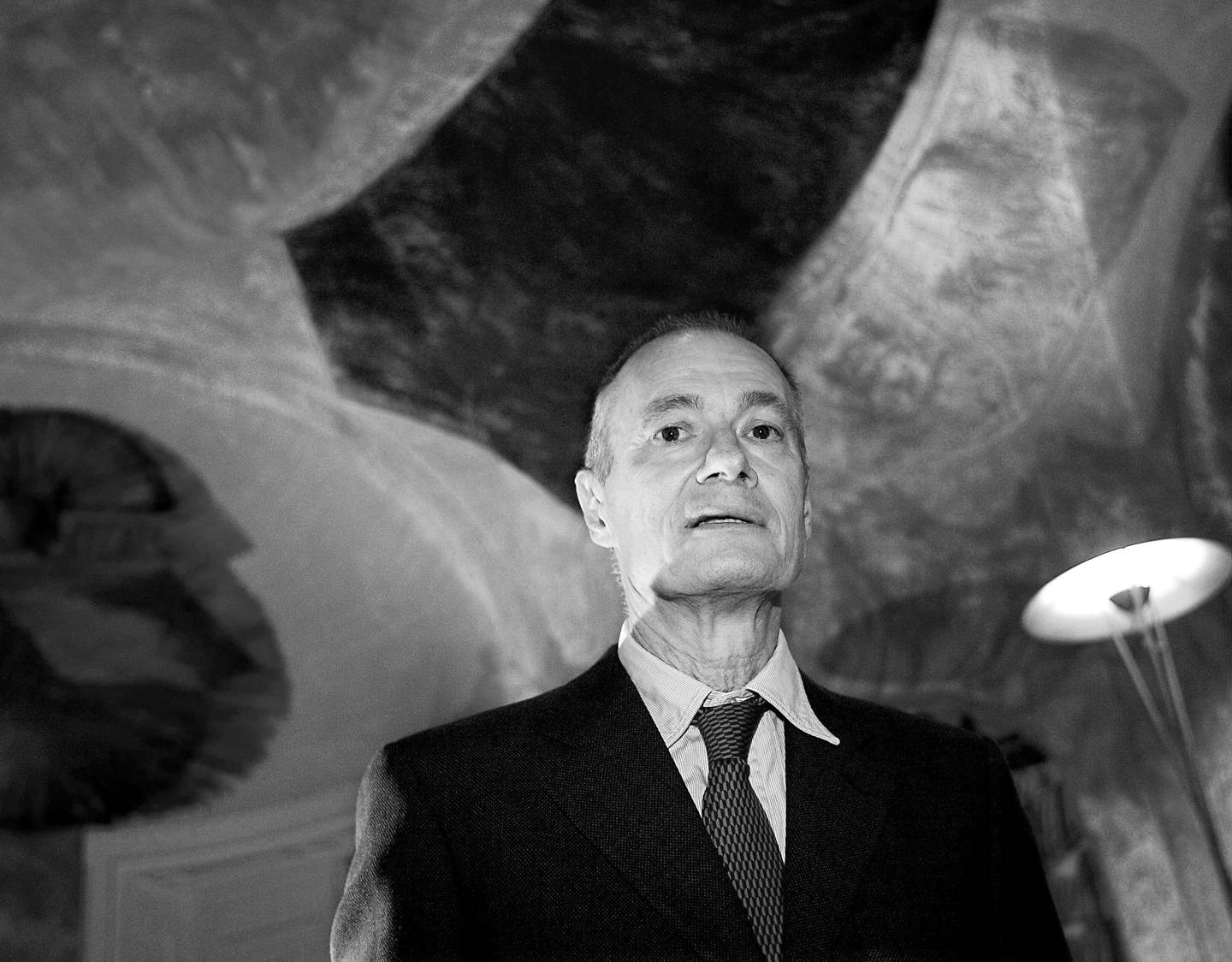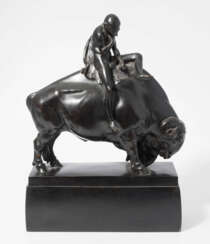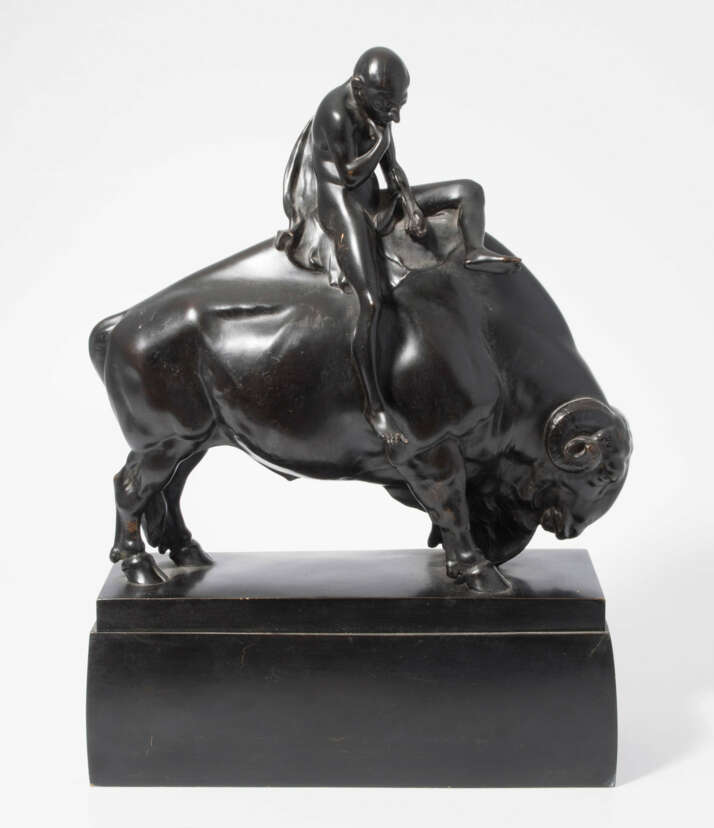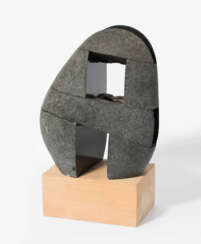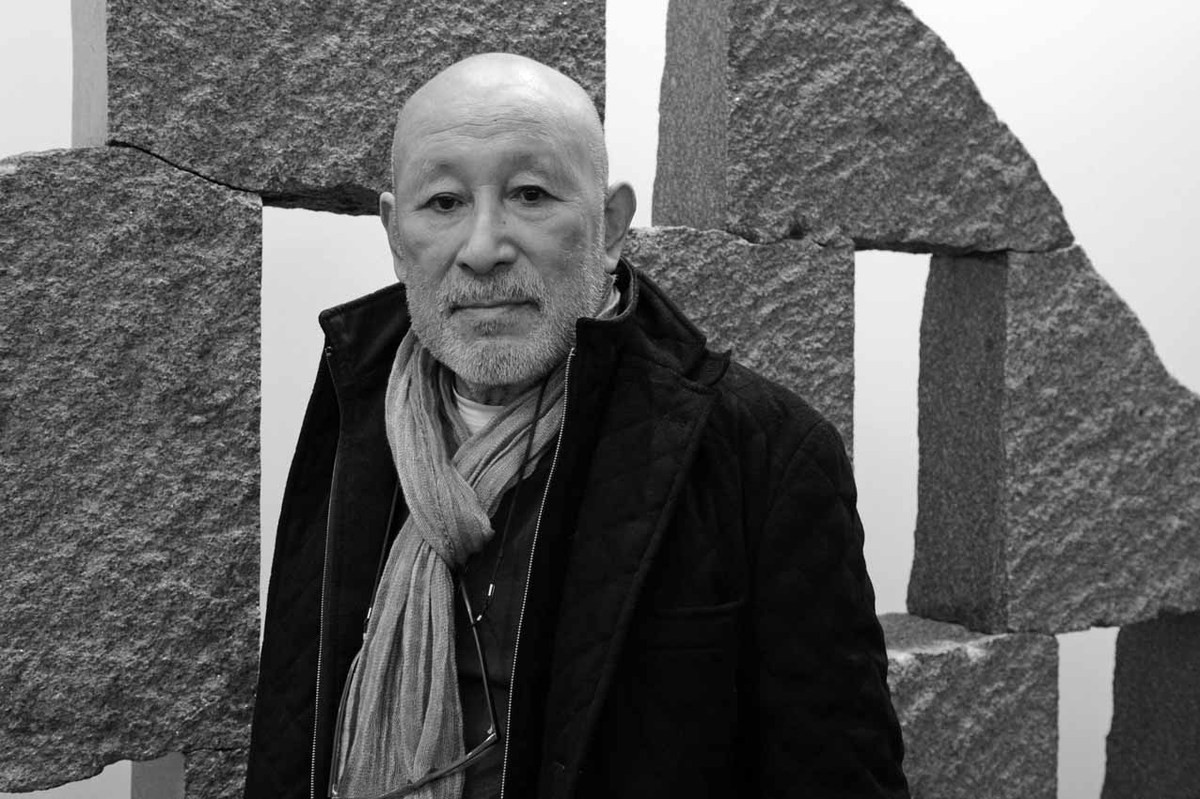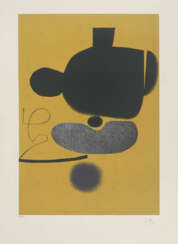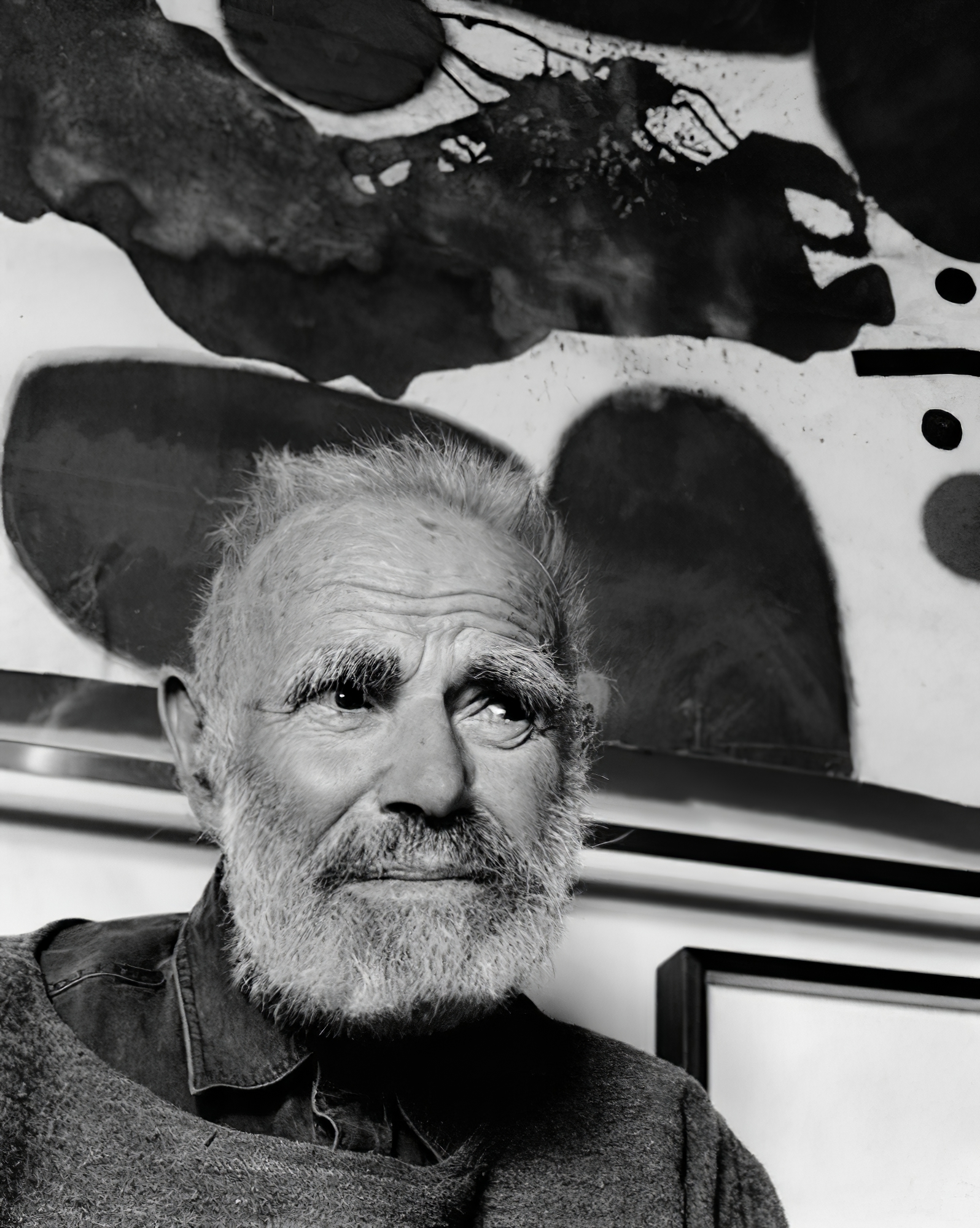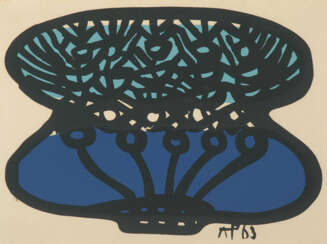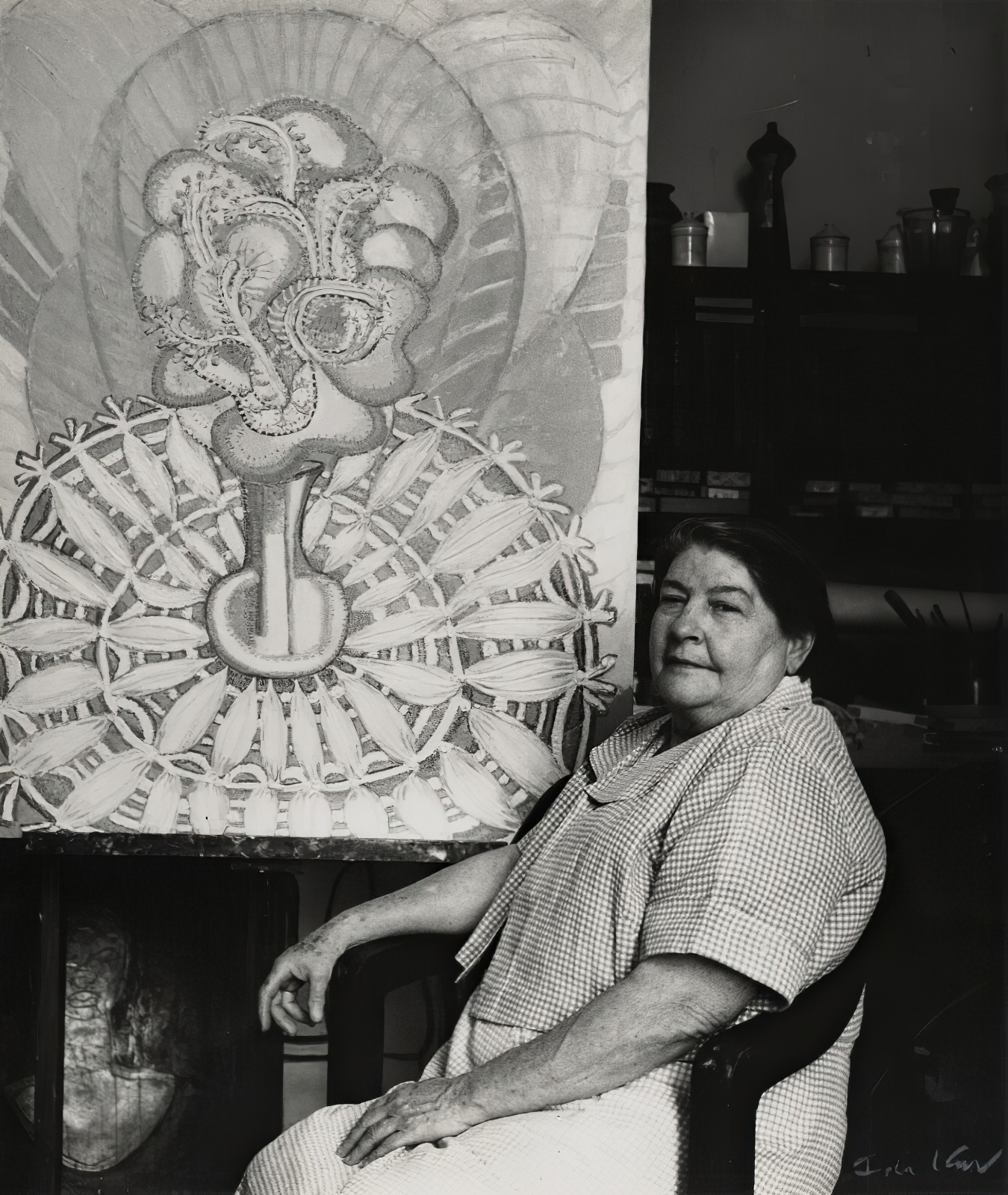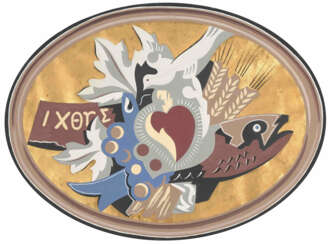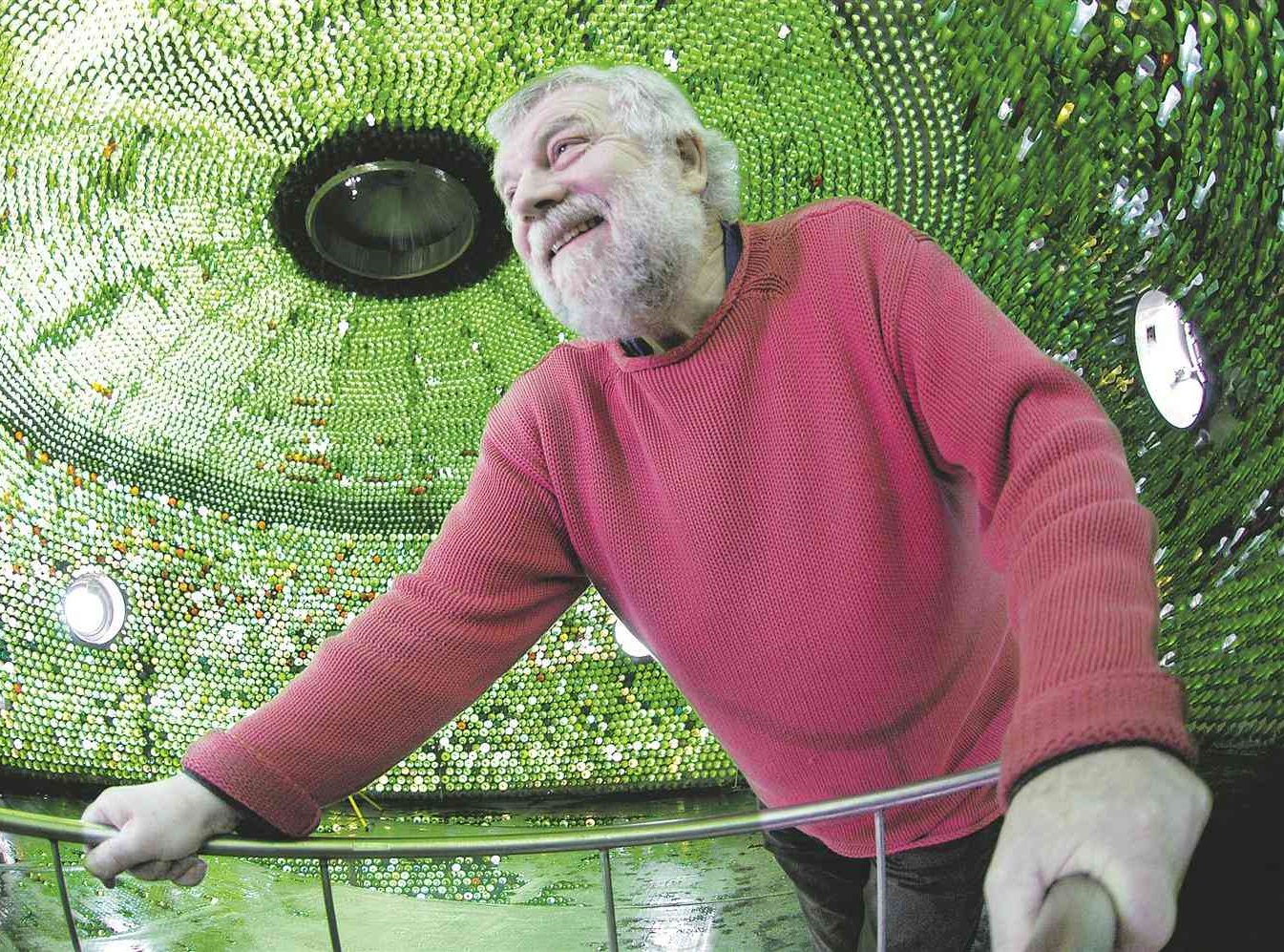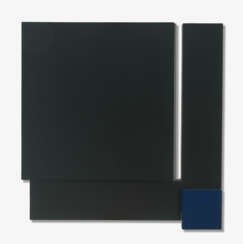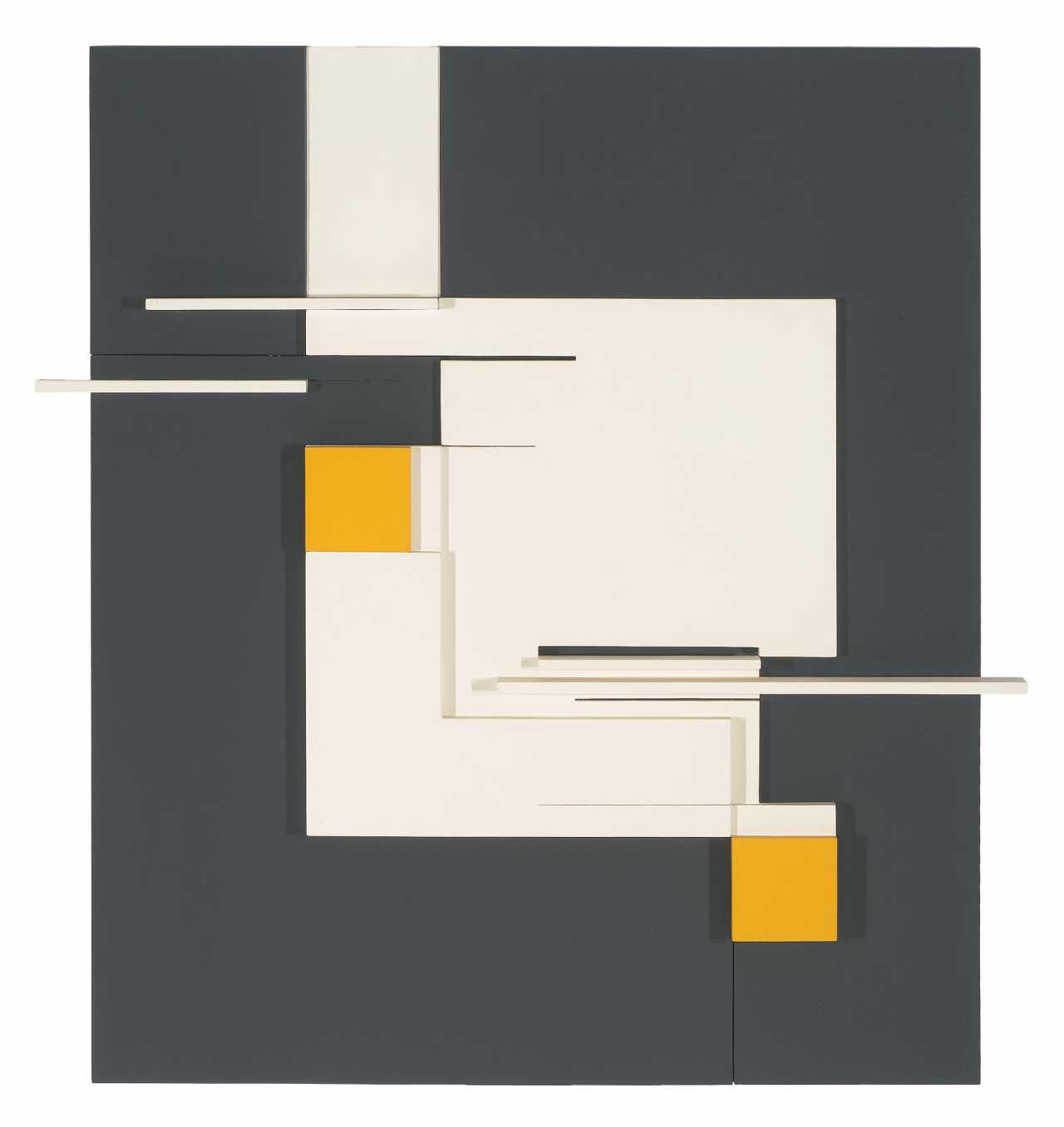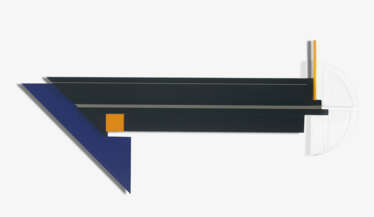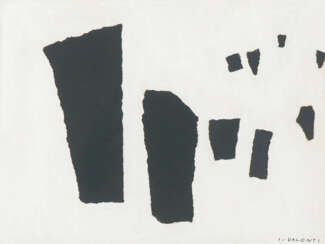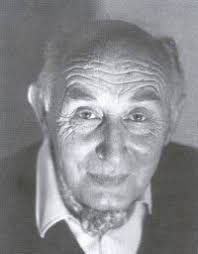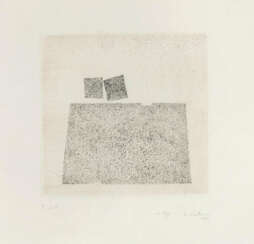
International art 20-21 centuries — A166-3: Gemälde, Weine, Whisky und Spirituosen
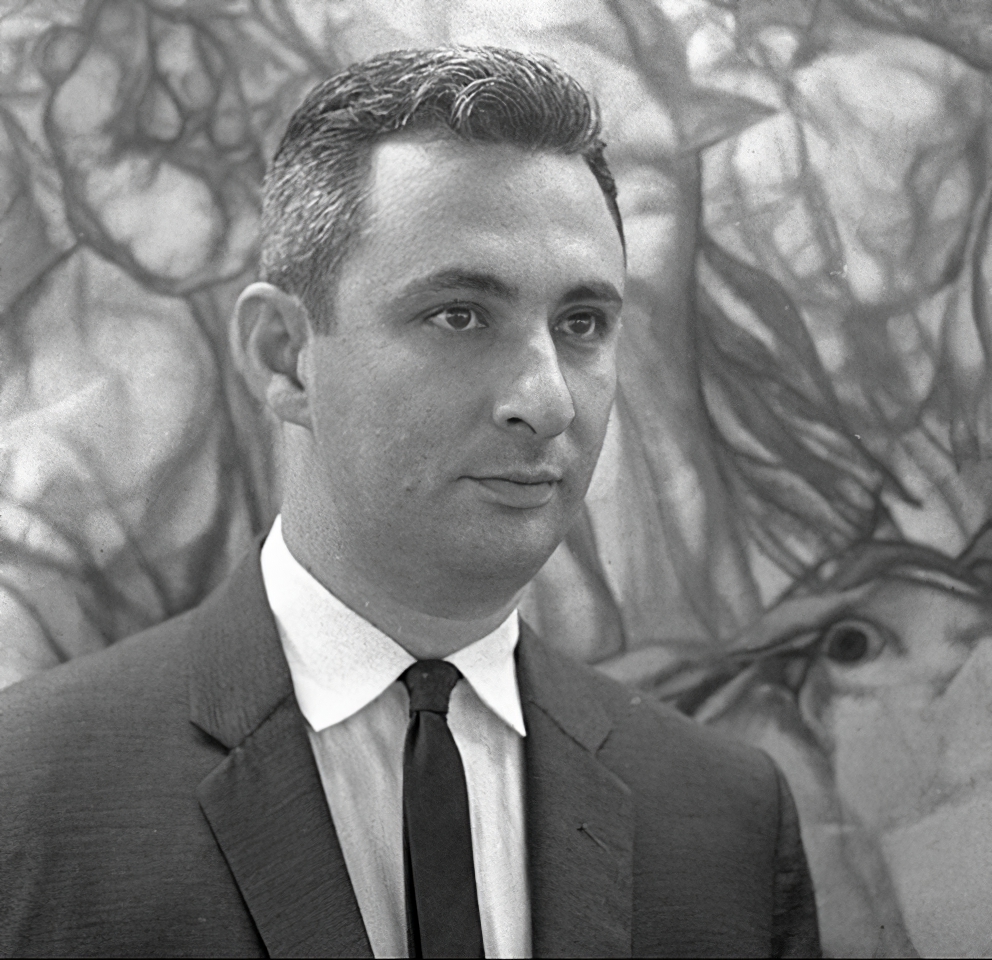
Servando Cabrera Moreno was a Cuban painter. A supporter of the Cuban Revolution, he created many paintings that depict the Cuban peasantry. Stylistically, his paintings are rooted in the tradition of vanguardia, and are especially indebted to the work of Carlos Enríquez Gómez.

Servando Cabrera Moreno was a Cuban painter. A supporter of the Cuban Revolution, he created many paintings that depict the Cuban peasantry. Stylistically, his paintings are rooted in the tradition of vanguardia, and are especially indebted to the work of Carlos Enríquez Gómez.

Marc Chagall (Russian: Марк Заха́рович Шага́л), born Moishe Shagal in 1887 near Vitebsk, Belarus (then part of the Russian Empire), was a Belarusian and French artist celebrated for his pivotal role in the avant-garde movement and his unique integration of Eastern European Jewish culture into modern art. His contributions spanned several artistic formats including painting, stained glass, stage sets, ceramics, tapestries, and fine art prints. Chagall's early modernist tendencies were enriched by his experiences across Saint Petersburg, Paris, and Berlin before World War I, leading to a distinctive style that melded Cubism, Symbolism, and Fauvism with his Jewish heritage.
Chagall's work is recognized for its emotional depth, often exploring themes of love, memory, and Jewish folklore through vibrant colors and dreamlike imagery. Notably, art critic Robert Hughes described him as "the quintessential Jewish artist of the twentieth century," a sentiment echoed by art historian Michael J. Lewis who regarded Chagall as a significant figure within European modernism and as the world's preeminent Jewish artist of his time.
Among Chagall's famed contributions are his stained-glass windows for the cathedrals of Reims and Metz, the UN, and the Jerusalem Windows in Israel. His monumental paintings include parts of the ceiling of the Paris Opéra and works that explore biblical themes, a hallmark of his oeuvre that underscores his enduring engagement with spiritual and religious motifs.
For art collectors and antiques experts, Chagall's works are notable not only for their artistic innovation but also for their rich cultural and historical significance. His art is housed in many prestigious museums worldwide, including the Marc Chagall National Museum in Nice, France, which focuses on his works inspired by religion and houses the series of paintings illustrating the biblical message.
For those interested in exploring Chagall's legacy and the vibrant intersection of culture, art, and history his work represents, signing up for updates on new product sales and auction events related to Marc Chagall can provide invaluable insights and opportunities. This is an invitation to engage more deeply with the world of art and culture that Chagall so uniquely encapsulated in his work.

Marc Chagall (Russian: Марк Заха́рович Шага́л), born Moishe Shagal in 1887 near Vitebsk, Belarus (then part of the Russian Empire), was a Belarusian and French artist celebrated for his pivotal role in the avant-garde movement and his unique integration of Eastern European Jewish culture into modern art. His contributions spanned several artistic formats including painting, stained glass, stage sets, ceramics, tapestries, and fine art prints. Chagall's early modernist tendencies were enriched by his experiences across Saint Petersburg, Paris, and Berlin before World War I, leading to a distinctive style that melded Cubism, Symbolism, and Fauvism with his Jewish heritage.
Chagall's work is recognized for its emotional depth, often exploring themes of love, memory, and Jewish folklore through vibrant colors and dreamlike imagery. Notably, art critic Robert Hughes described him as "the quintessential Jewish artist of the twentieth century," a sentiment echoed by art historian Michael J. Lewis who regarded Chagall as a significant figure within European modernism and as the world's preeminent Jewish artist of his time.
Among Chagall's famed contributions are his stained-glass windows for the cathedrals of Reims and Metz, the UN, and the Jerusalem Windows in Israel. His monumental paintings include parts of the ceiling of the Paris Opéra and works that explore biblical themes, a hallmark of his oeuvre that underscores his enduring engagement with spiritual and religious motifs.
For art collectors and antiques experts, Chagall's works are notable not only for their artistic innovation but also for their rich cultural and historical significance. His art is housed in many prestigious museums worldwide, including the Marc Chagall National Museum in Nice, France, which focuses on his works inspired by religion and houses the series of paintings illustrating the biblical message.
For those interested in exploring Chagall's legacy and the vibrant intersection of culture, art, and history his work represents, signing up for updates on new product sales and auction events related to Marc Chagall can provide invaluable insights and opportunities. This is an invitation to engage more deeply with the world of art and culture that Chagall so uniquely encapsulated in his work.
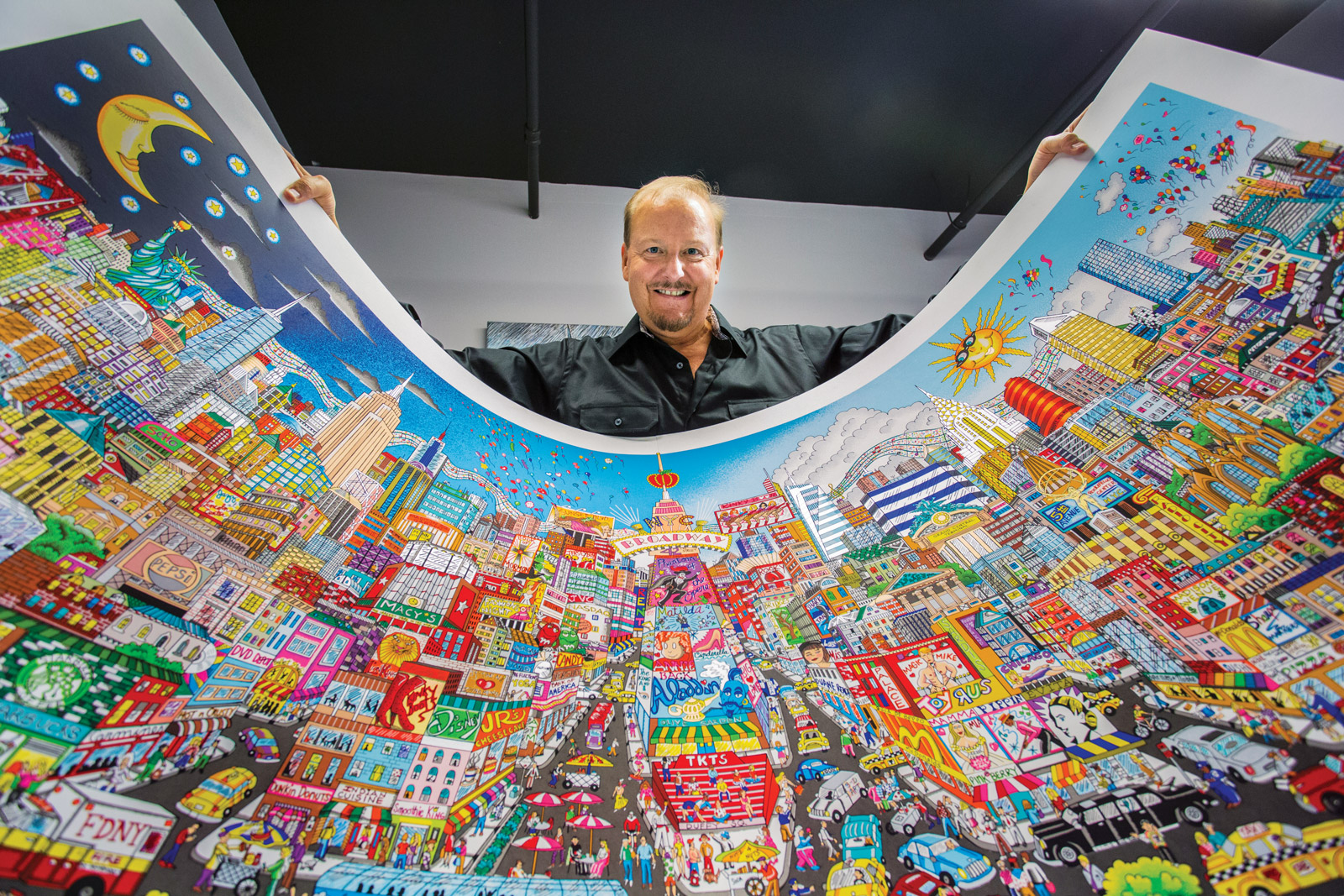
Charles Fazzino is an American pop artist, known for his silkscreen serigraphs in a 3D pop art style. His artwork incorporates influence from urban landscapes, sporting events, and modern celebrities. As described in the book about Fazzino titled The Master of 3-D Pop Art, "An innovative and imaginative storyteller, Charles Fazzino serves up a bevy of details in his unique three-dimensional creations. His collectors marvel as much at his ability to capture the entire essence of his subject matter in one statement, as they do at his use of vibrant colors, his whimsical sense of humor, and his hand-assembled multi-layered artistic style. Although, the snappy titled often gives a clue to the content of each painting, it can take years of careful observation to discern all of the details in a single Fazzino image. One of Fazzino's greatest joys is to observe visitors at exhibition of his work. 'I love to watch the smiles form as people begin to recognize elements of my paintings,' comments Fazzino. 'They point at the images as if inserting themselves into the stories. I watch that and I'm reminded of why i paint. It's all about celebrating the joy and fun we have as human beings on this planet."

Charles Fazzino is an American pop artist, known for his silkscreen serigraphs in a 3D pop art style. His artwork incorporates influence from urban landscapes, sporting events, and modern celebrities. As described in the book about Fazzino titled The Master of 3-D Pop Art, "An innovative and imaginative storyteller, Charles Fazzino serves up a bevy of details in his unique three-dimensional creations. His collectors marvel as much at his ability to capture the entire essence of his subject matter in one statement, as they do at his use of vibrant colors, his whimsical sense of humor, and his hand-assembled multi-layered artistic style. Although, the snappy titled often gives a clue to the content of each painting, it can take years of careful observation to discern all of the details in a single Fazzino image. One of Fazzino's greatest joys is to observe visitors at exhibition of his work. 'I love to watch the smiles form as people begin to recognize elements of my paintings,' comments Fazzino. 'They point at the images as if inserting themselves into the stories. I watch that and I'm reminded of why i paint. It's all about celebrating the joy and fun we have as human beings on this planet."
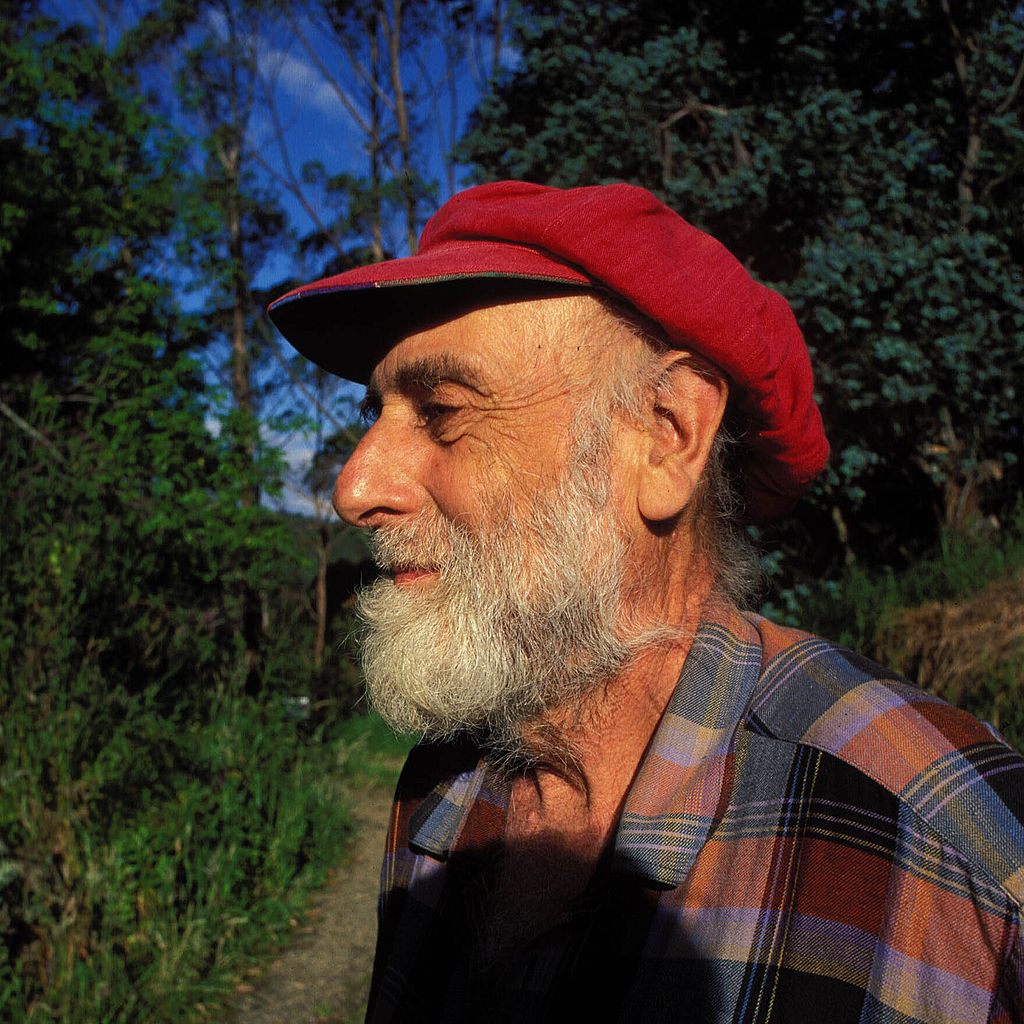
Friedensreich Regentag Dunkelbunt Hundertwasser was an Austrian visual artist and architect who also worked in the field of environmental protection.
Hundertwasser stood out as an opponent of "a straight line" and any standardization, expressing this concept in the field of building design. His best known work is the Hundertwasserhaus in Vienna, which has become a notable place of interest in the Austrian capital, characterised by imaginative vitality and uniqueness.

Friedensreich Regentag Dunkelbunt Hundertwasser was an Austrian visual artist and architect who also worked in the field of environmental protection.
Hundertwasser stood out as an opponent of "a straight line" and any standardization, expressing this concept in the field of building design. His best known work is the Hundertwasserhaus in Vienna, which has become a notable place of interest in the Austrian capital, characterised by imaginative vitality and uniqueness.
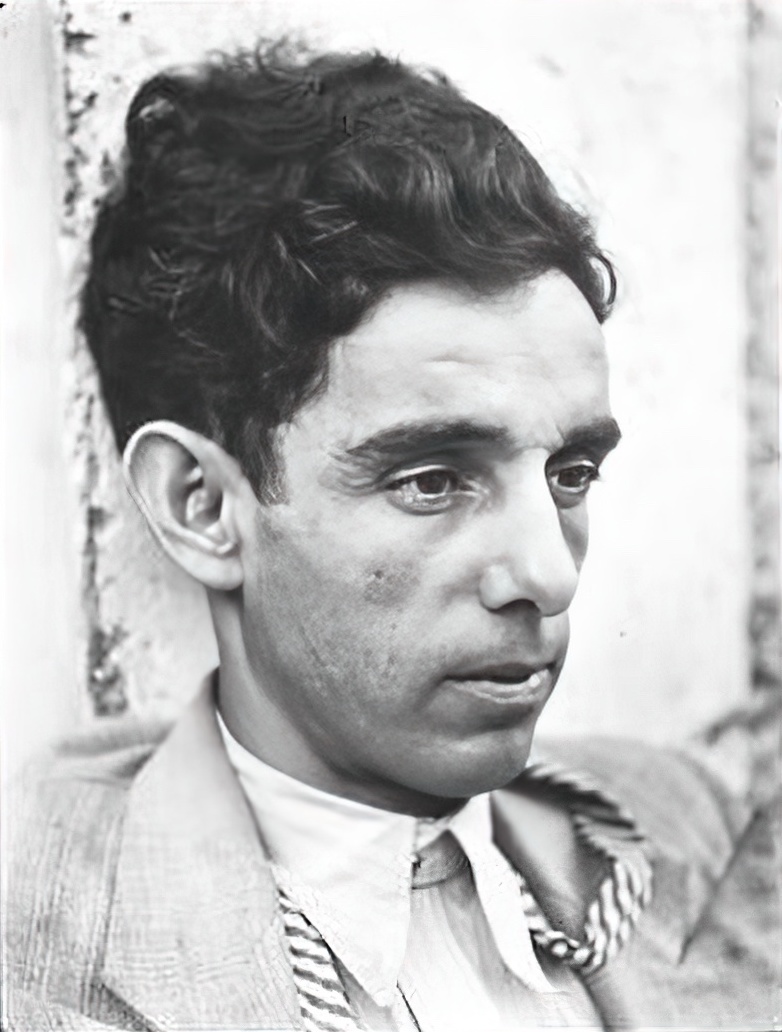
Víctor Manuel García Valdés was a Cuban painter. He was an early member of the "Vanguardia" movement of artists who, beginning in the 1920s, combined European concepts of Modern art with native Primitivism to create a distinctly Cuban aesthetic.

Víctor Manuel García Valdés was a Cuban painter. He was an early member of the "Vanguardia" movement of artists who, beginning in the 1920s, combined European concepts of Modern art with native Primitivism to create a distinctly Cuban aesthetic.
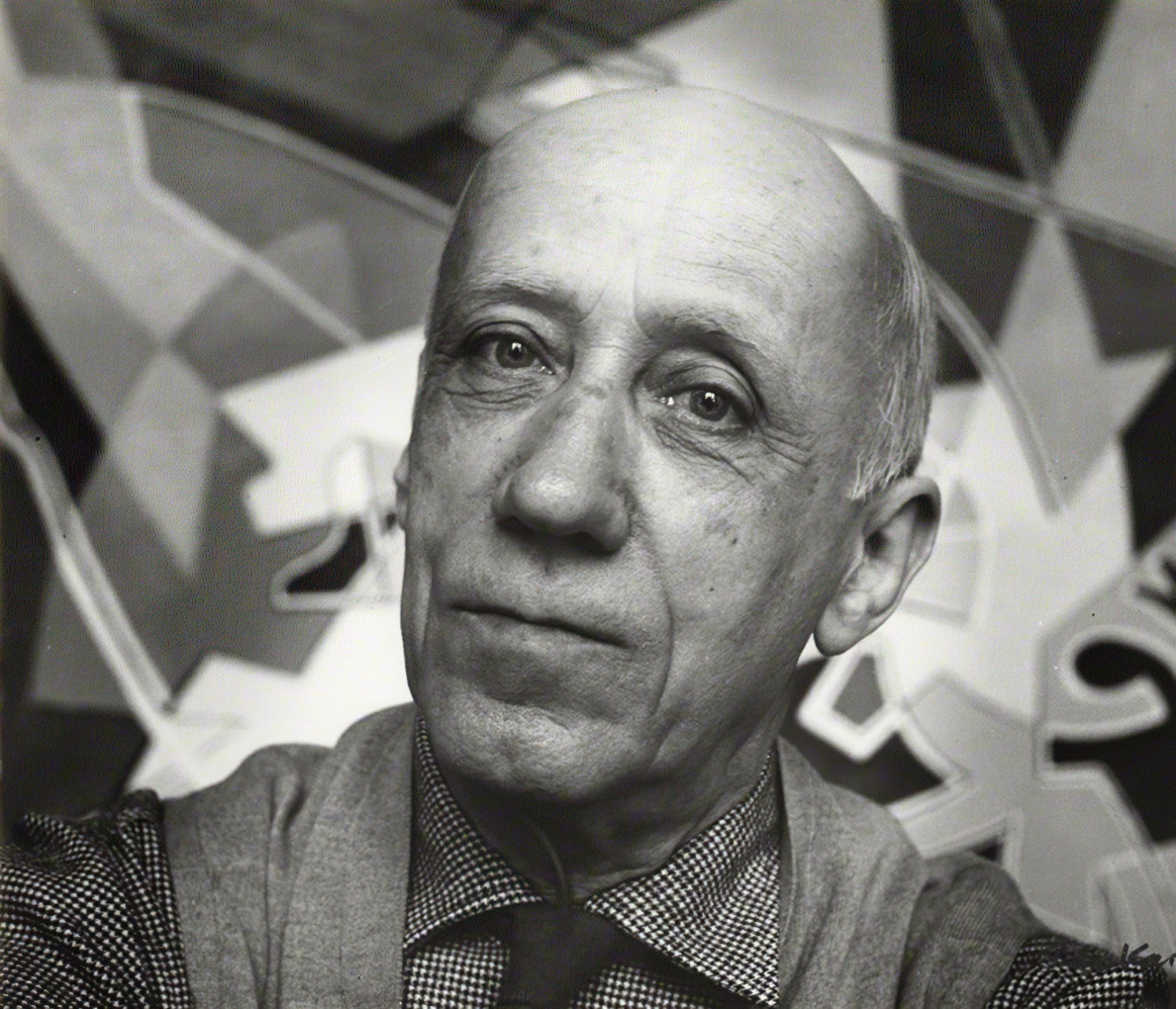
Gino Severini was an Italian painter and a prominent figure in the Futurist movement, known for his dynamic interpretation of movement and light in his artworks. Born in Cortona, Italy, in 1883, Severini moved to Paris in 1906, where he became deeply involved in the avant-garde scene, mingling with leading artists and embracing the vibrant cultural milieu of the city. His work often depicted lively urban scenes, dancers, and the energetic pace of modern life, distinguishing him within the Futurist movement for his unique focus on human figures and lively settings rather than the mechanical world.
Gino Severini's style evolved significantly over the years, moving from Futurism to incorporating elements of Cubism and later adopting a more classical approach in his art. After World War I, he aligned with the "return to order" movement, focusing on classical harmony and balance, which is evident in works like "The Two Pulchinellas." His later years saw him exploring various media, including mosaics and frescoes, contributing significantly to modern mosaic art and earning him the title "Father of Modern Mosaic."
Gino Severini's works are showcased in prestigious galleries worldwide, including the Museum of Modern Art (MoMA) in New York, where his influence on 20th-century art is celebrated. His contributions to art theory, his exploration across different art forms, and his ability to capture the essence of his time make Severini a fascinating subject for art collectors and experts alike.
For those interested in the evolution of modern art and the interplay between different artistic movements, Severini's work offers a compelling study of creativity and innovation. If you are intrigued by Gino Severini's contributions to the art world and wish to stay informed about upcoming sales and auction events related to his works, consider signing up for updates to deepen your knowledge and appreciation of this pivotal artist.




